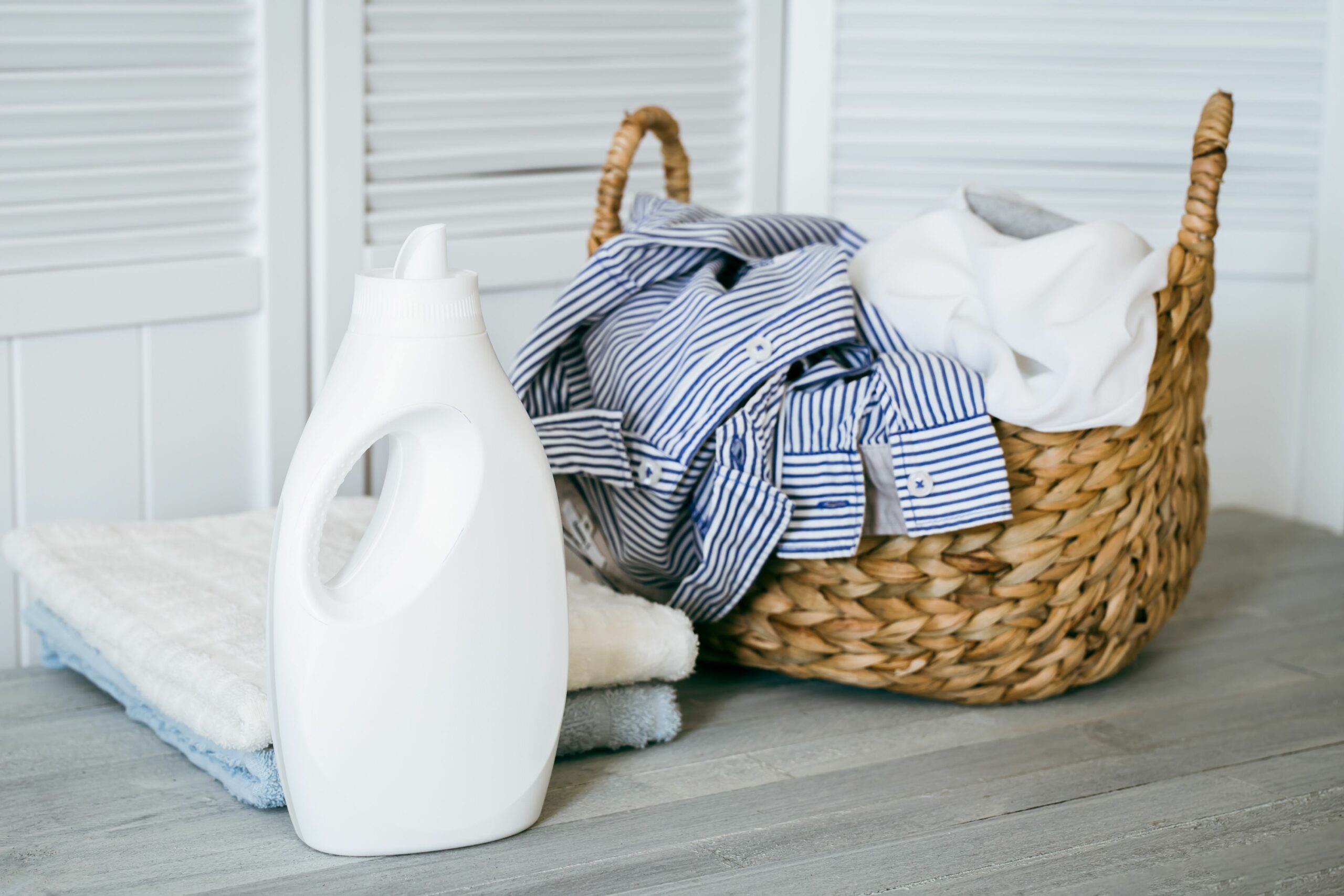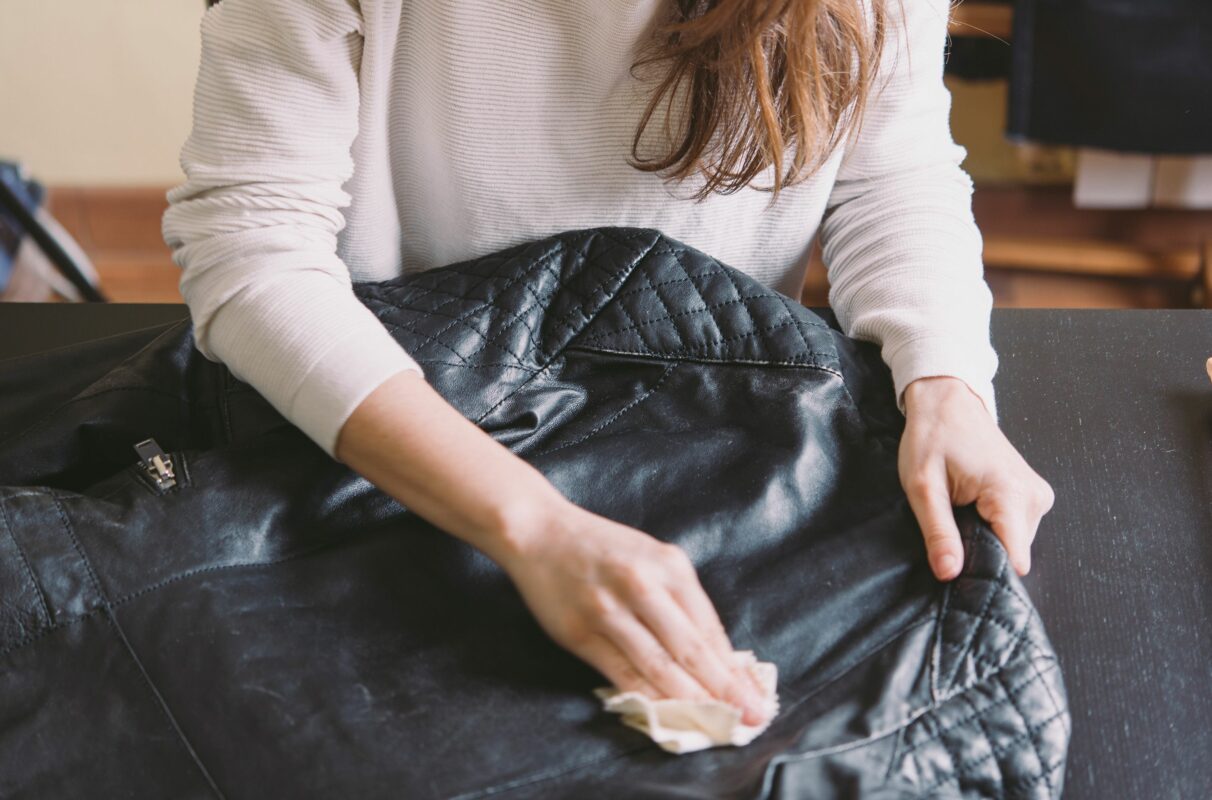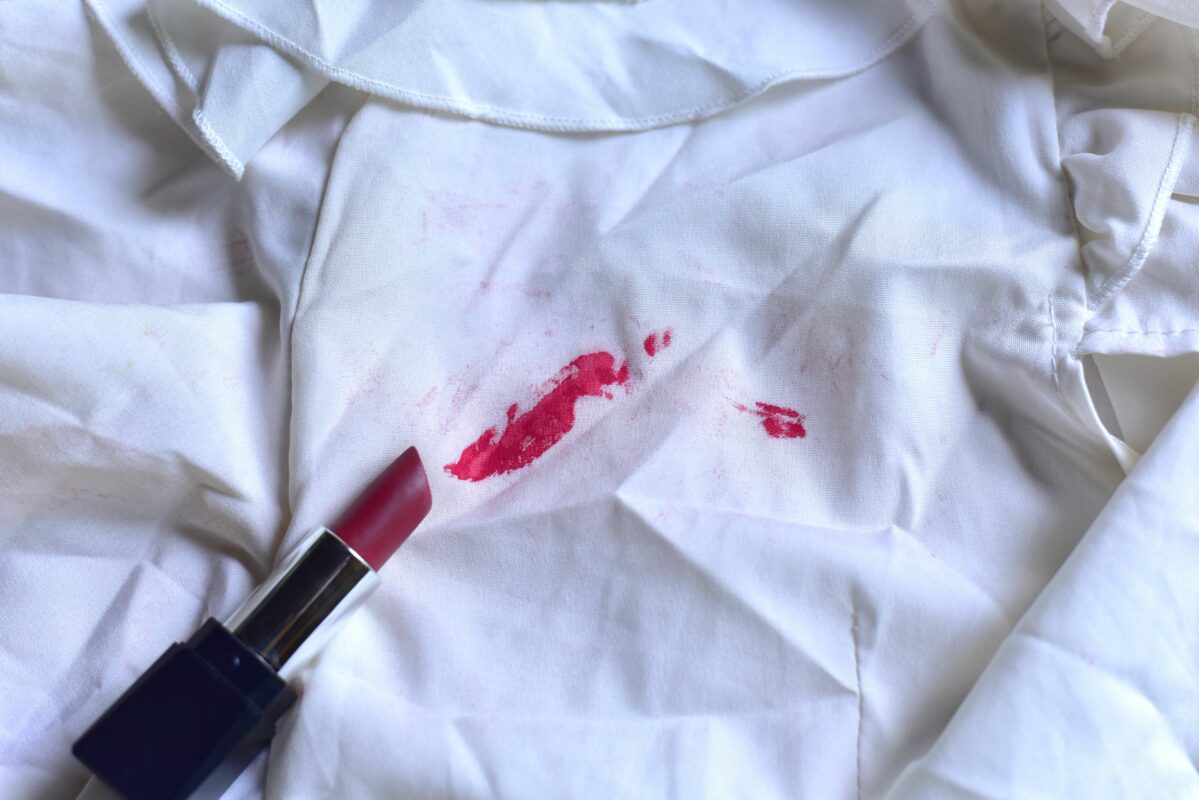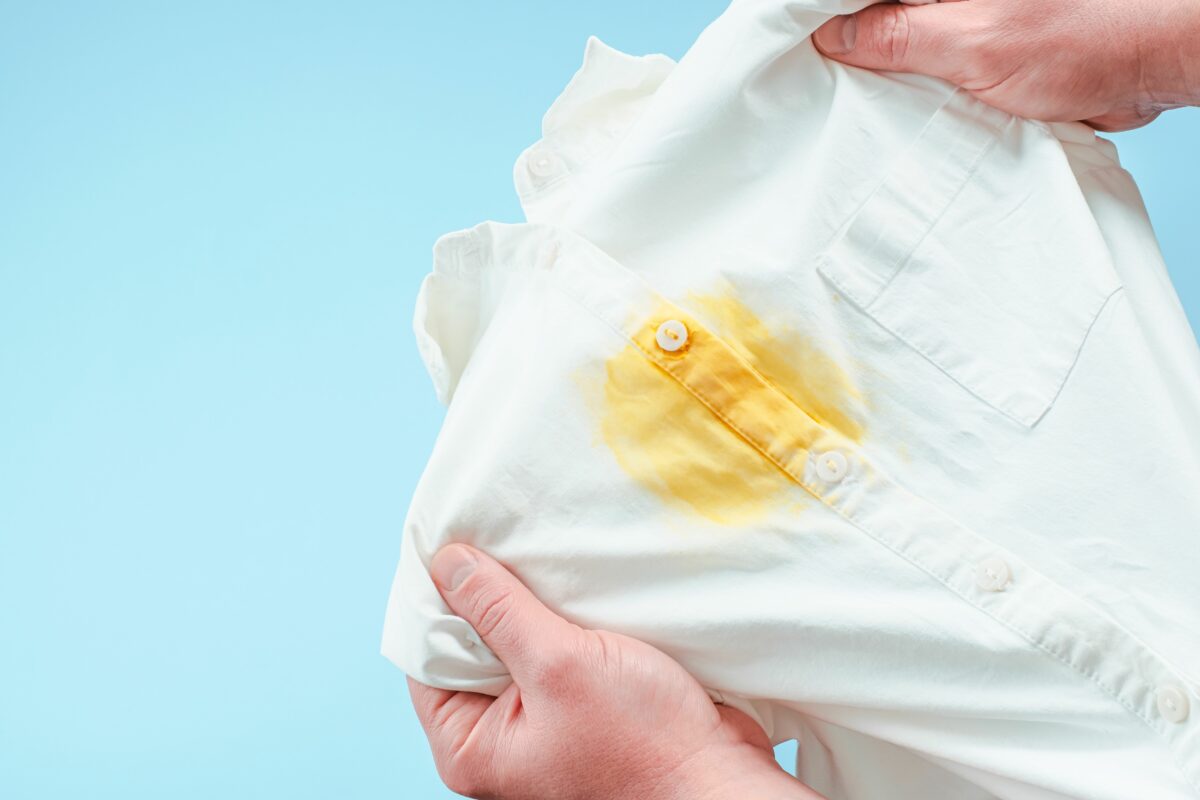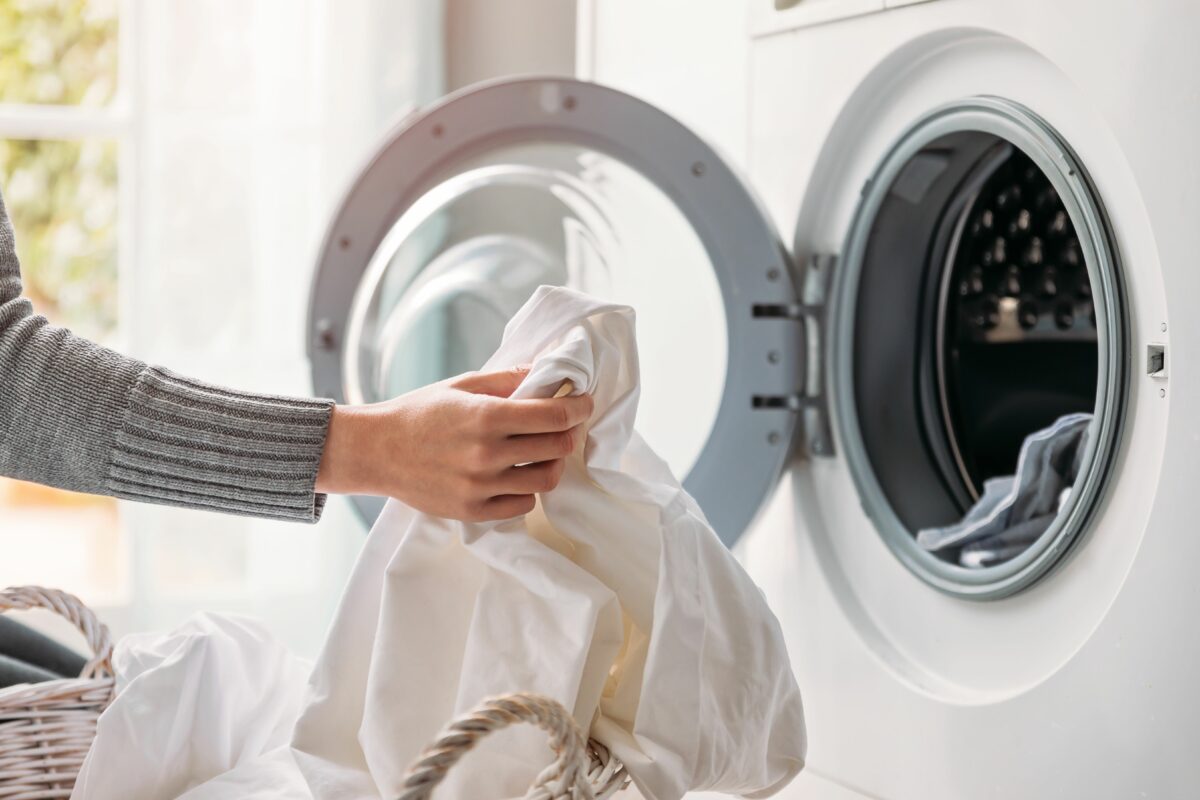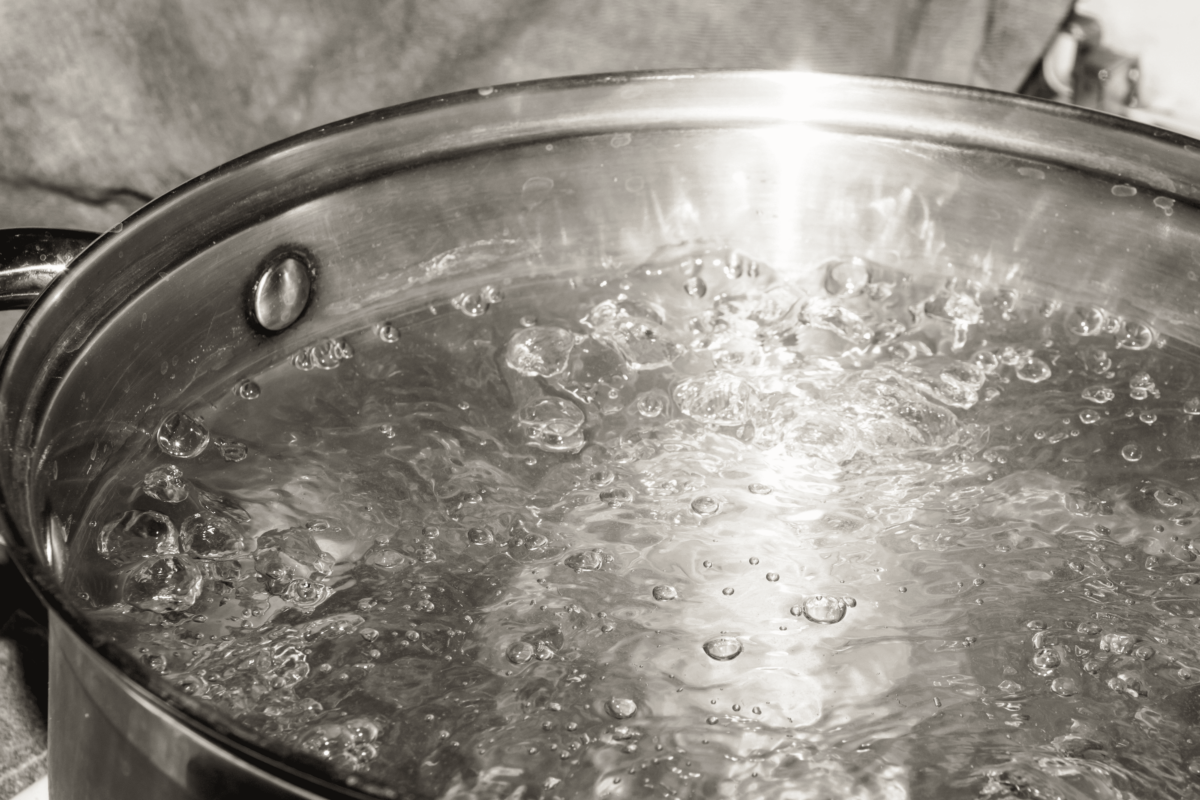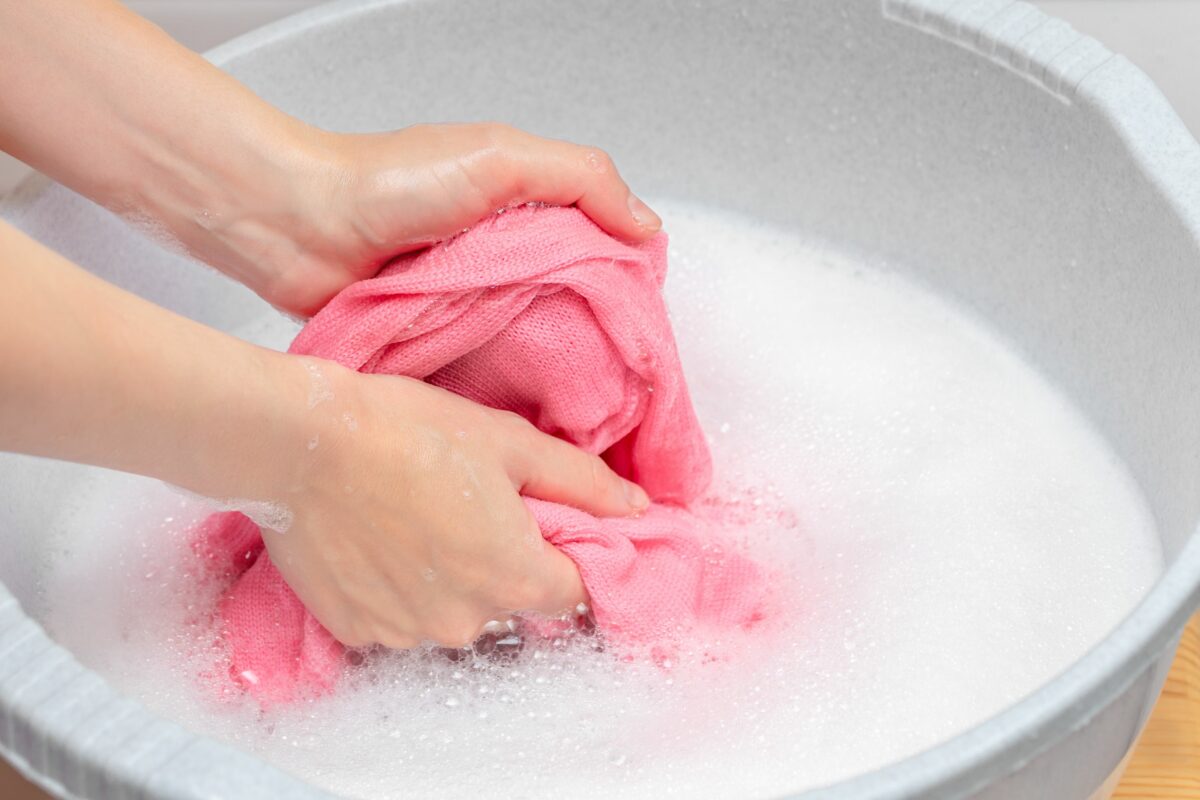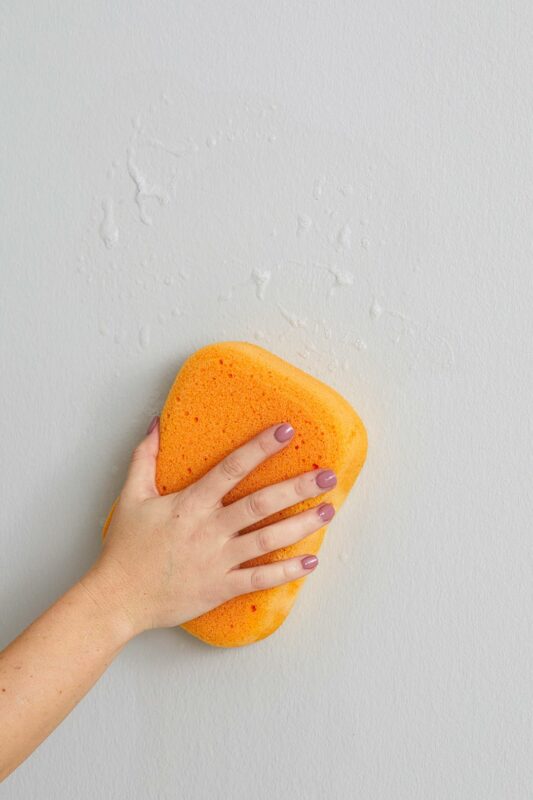There’s no washday mishap more frustrating than taking a fresh load of laundry out of the washer or dryer only to find that your detergent has left stains behind. While finding detergent stains on clothes and household linens like sheets and towels can inspire panic, the good news is that these stains are very easy to remove—even if the item has been through the dryer.
Why Detergent Stains Happen
“Detergent residue can sometimes be visible on garments if the detergent did not get rinsed away completely in the wash cycle,” says Kim Romine, a fabric care scientist at Procter & Gamble.
To keep detergent stains from happening in the first place, practice good detergent dosing. “The best way to prevent any visible detergent left behind is to make sure you are properly dosing the detergent into the machine,” Romine says.
If you use liquid or powder detergents, and a washing machine that has a dispenser, Romine says, “use the dispenser as instructed for your washing machine.”
The order of operations is also an important part of preventing detergent stains. “Put the detergent in the dispenser drawer or in the tub before adding the clothes,” Romine says. “This will ensure that the detergent is completely dissolved and mixed with the wash water to eliminate any visible detergent residue left behind.”
If your washing machine does not have a detergent dispenser, or if you use detergent pods, “detergent should be added to the drum first,” Romine says, “and then clothes should be added on top of the detergent.” Detergent pods should always be added directly into the drum, even in washers that have dispensers.
How to Treat Detergent Stains After Washing
While it can feel tedious, a good laundry habit to adopt is checking items for stains when they come out of the wash, before transferring them to the dryer. Doing so will prevent the heat from the dryer from setting stains in, by giving you a chance to rinse or rewash the item.
If you notice detergent stains on one or two items only, rinse the detergent by holding the fabric taut under cold running water; the force of the water will push the detergent out, rinsing it away. Then, simply squeeze out excess water so the item is not sopping wet and put it in the dryer with the rest of the load.
If detergent stains are present on several items or the entire load of laundry, Romine recommends running an additional rinse cycle to flush out detergent residue.
How to Treat Detergent Stains After Drying
In an ideal world, you will notice and treat a detergent stain after an item has been washed but has not yet been dried. But in the real world, most of us don’t get so lucky! Not to worry, says Romine. “Visible detergent residue can be removed even after an item goes through the dryer.” The best way to treat a detergent-stained item after it’s been dried is simply to wash it again. “At this point, it’s best to just relaunder the item,” she says.
How to Remove Residue From Detergent Pods
To treat gummy residue from a detergent pod that didn’t dissolve entirely in the wash, Romine says to rinse and/or rewash the clothes, sheets, or towels. “Detergent packets contain highly concentrated cleaning formulas encased in a water-soluble film, which is made of PVA,” Romine says. “These films are designed to dissolve completely in washing and dishwashing machines, even in cold water.” However, detergent packs can fail to dissolve when the washer is not loaded properly.
When using detergent pods, be sure to always load them first, before adding clothes, Romine says. “Avoid overstuffing the machine because laundry pacs and clothes need space in the drum to move around and get clean.”
She also says that overstuffing the washer is a common cause of detergent staining and residue. “We recommend avoiding filling the drum more than three-quarters full. If it’s loaded differently or the machine is stuffed too full of fabric, some of the film could be left behind on the fabric.”


